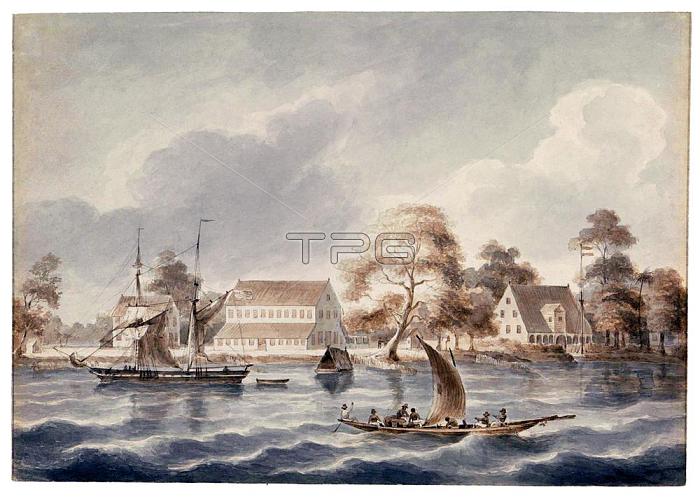
The smallest country in South America; Suriname's diversity began in the 16th century when French; Spanish and English explorers visited the area. A century later; plantation colonies were established by the Dutch and English along the many rivers in the fertile Guyana plains.
Disputes arose鈥攁s ever鈥攂etween the Dutch and the English. In 1667; the Dutch decided to keep the nascent plantation colony of Suriname from the English; resulting from the Treaty of Breda. The English were left with New Amsterdam; a small trading post in North America; which later became New York City.
As a plantation colony; Surinam was still heavily dependent on manual labor; and to make up for the shortfall; the Dutch brought in contract laborers from the Dutch East Indies (modern Indonesia) and India (through an arrangement with the British). In addition; during the late 19th and early 20th centuries; small numbers of mostly men were brought in from China and the Middle East. Although Suriname's population remains relatively small; because of this unique history it is one of the most ethnically and culturally diverse countries in the world. Pictures From History
| px | px | dpi | = | cm | x | cm | = | MB |
Details
Creative#:
TOP19356087
Source:
達志影像
Authorization Type:
RM
Release Information:
須由TPG 完整授權
Model Release:
No
Property Release:
No
Right to Privacy:
No
Same folder images:

 Loading
Loading